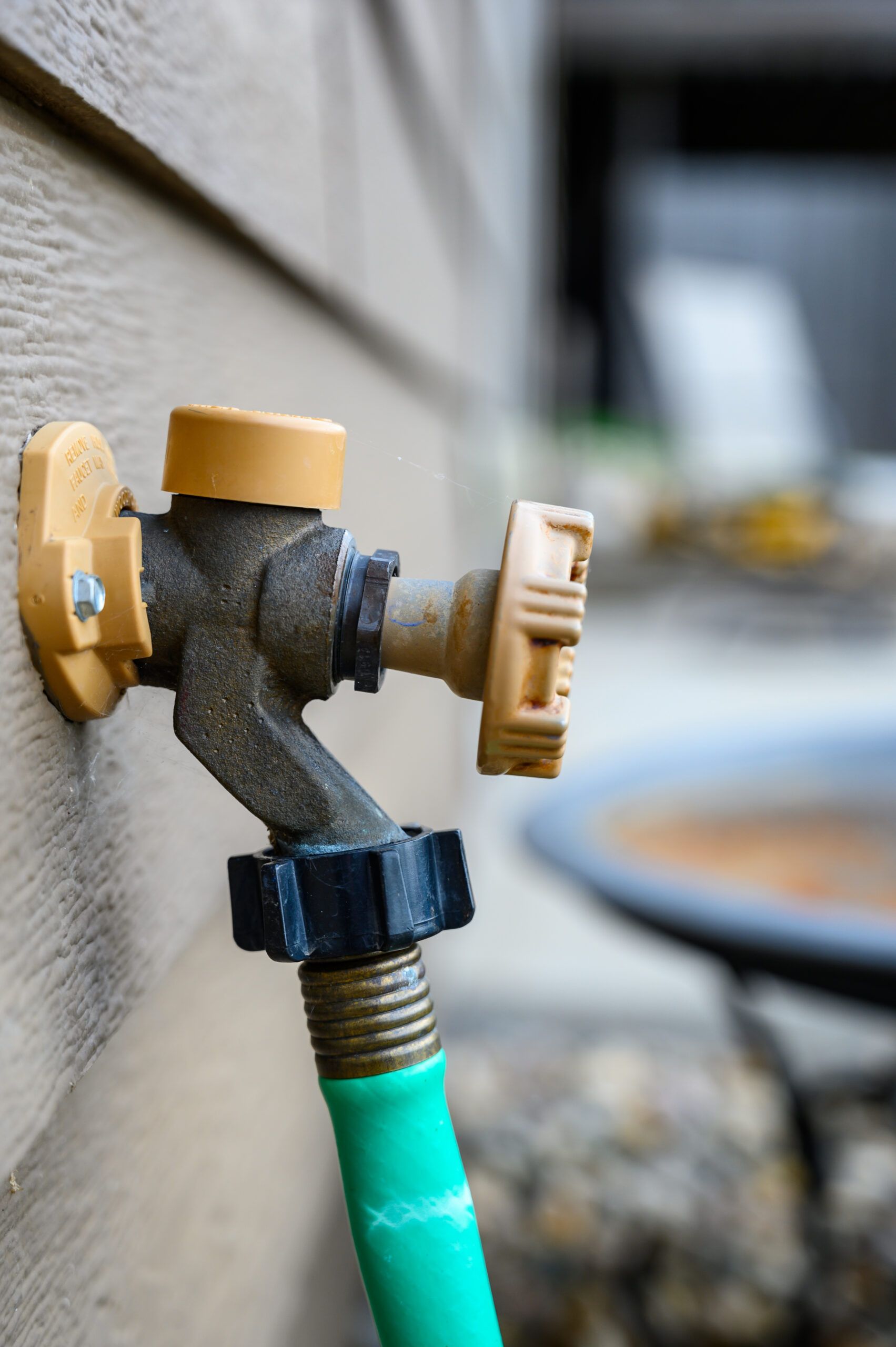Winterizing Your Home: The Importance of Removing Hoses from Hose Bibs
Introduction: As winter approaches, it’s crucial to prepare your home for the colder months. One often overlooked but essential task is removing hoses from hose bibs. In this blog post, we’ll explore the reasons why this simple step can make a significant difference in protecting your plumbing and preventing potential damage during winter.
-
Preventing Freezing and Bursting: When water is left inside hoses connected to outdoor hose bibs, it can freeze during cold temperatures. As water freezes, it expands, creating immense pressure within the hose and the connected plumbing. This pressure can lead to burst pipes, resulting in costly repairs and water damage to your home. By disconnecting and draining hoses, you eliminate the risk of freezing and bursting.
-
Preserving Hose Bibs and Pipes: Hose bibs are vulnerable to freezing and damage if water is left inside them. By removing hoses, you allow any residual water in the bib to drain, reducing the risk of ice formation. This simple action helps extend the lifespan of your hose bibs and prevents the need for replacements or repairs due to winter-related damage.
- Remove all attachments from hose bibs. This is one of the primary reasons that the faucet gets frozen. This is an easy fix to make sure that water doesn’t freeze in the attachments.
Conclusion: In conclusion, the seemingly small task of removing hoses from hose bibs before winter can have significant implications for the health of your plumbing and the overall well-being of your home. By taking this proactive step, you not only prevent potential damage and costly repairs but also contribute to the longevity and efficiency of your plumbing system. Winterize your home wisely, and enjoy the peace of mind that comes with a well-maintained and protected living space.
Contact Hays Plumbing to repair your frozen pipes at 970-958-0172
